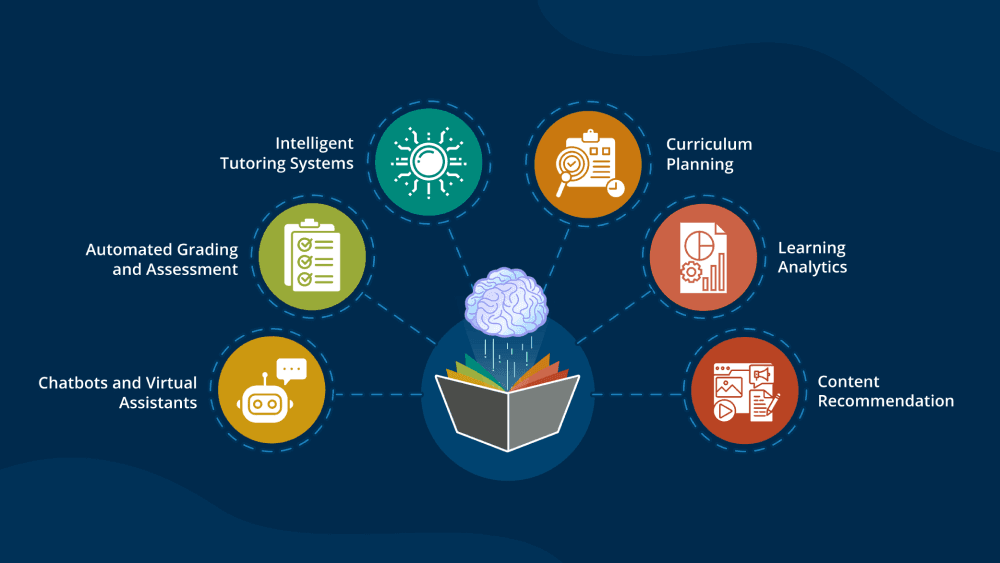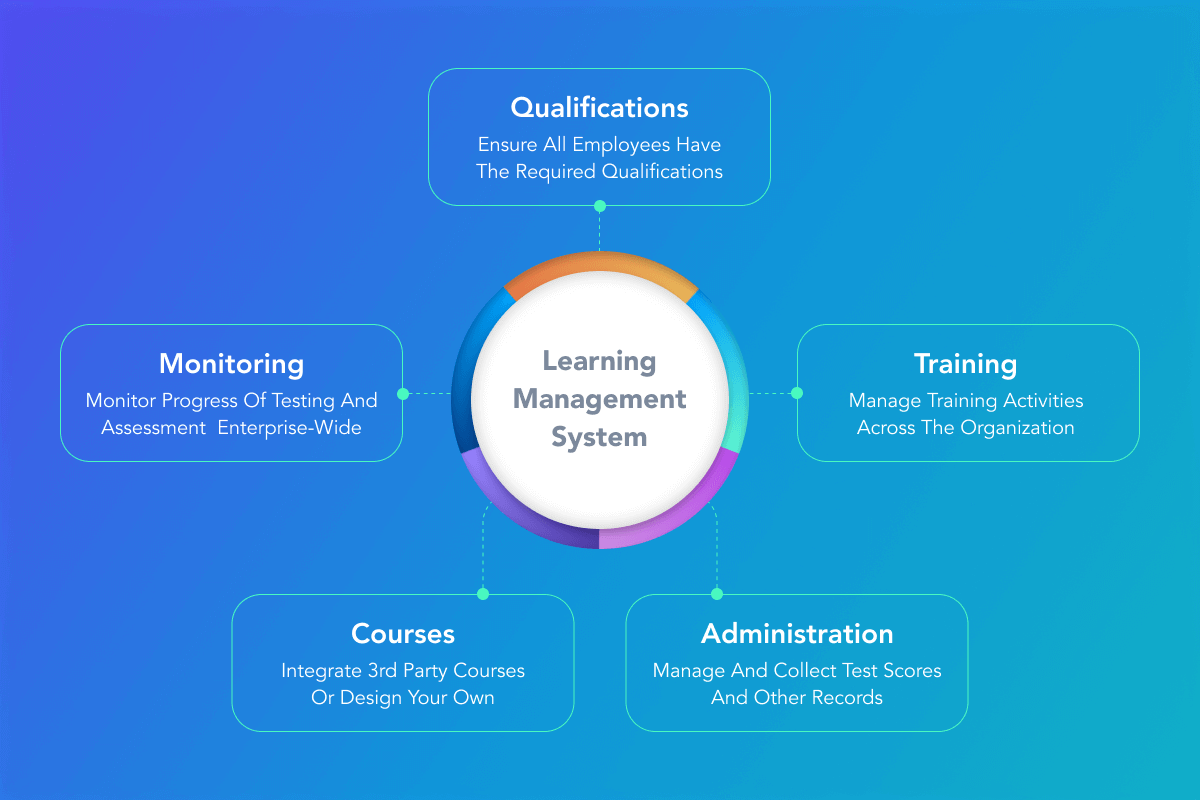How OpenAI ChatGPT and Canvas Are Revolutionizing the Learning Experience
Introduction
The role of technology in education has grown exponentially over the past decade, paving the way for new methods of teaching and learning. With the surge of digital learning platforms, the need for innovative tools that enhance educational experiences is more crucial than ever. This is where artificial intelligence (AI) comes into play. One of the most promising developments in this space is the integration of OpenAI’s ChatGPT with Canvas, a widely used Learning Management System (LMS). This collaboration aims to transform traditional learning environments by offering dynamic interactions, personalized guidance, and efficient academic support. As we explore how ChatGPT and Canvas are reshaping education, it becomes clear that the future of learning is smarter, more interactive, and tailored to individual needs.

How OpenAI ChatGPT and Canvas Are Revolutionizing the Learning Experience
In recent years, the educational technology (EdTech) landscape has witnessed remarkable innovations that are redefining traditional learning methods. Among these advancements is the integration of artificial intelligence (AI) with Learning Management Systems (LMS) like Canvas, a platform widely adopted by schools, colleges, and universities. One of the most exciting developments in this area is the partnership between OpenAI's ChatGPT and Canvas. This collaboration is bringing new levels of interactivity, personalization, and support to both educators and students. But what does this integration entail, and how is it reshaping the educational experience? Let’s dive into the details.
What is OpenAI ChatGPT and Canvas?
OpenAI’s ChatGPT is a sophisticated language model designed to understand and generate human-like text. It’s widely used in various applications ranging from customer service to content creation. When integrated into educational platforms, ChatGPT can simulate human-like conversation, answer questions, and provide assistance in real-time.
Canvas, on the other hand, is a comprehensive LMS used by educators to deliver courses, track student progress, and facilitate communication. It’s known for its user-friendly interface and wide array of tools that support both in-person and remote learning environments.
When these two technologies converge, the outcome is a powerful AI-assisted educational platform that enhances communication, simplifies administrative tasks, and offers a more personalized learning experience for students.
Key Features of ChatGPT Integration with Canvas
-
Real-time Student Assistance: ChatGPT can serve as a virtual tutor, providing instant answers to students’ questions about course material. This 24/7 availability ensures that students receive help whenever they need it, even outside of classroom hours.
-
Assignment and Feedback Automation: Educators can use ChatGPT to streamline the process of grading and providing feedback on assignments. By automating repetitive administrative tasks, instructors have more time to focus on creating engaging learning experiences.
-
Personalized Learning Paths: ChatGPT can analyze a student’s performance and suggest customized learning resources or activities. This adaptability helps bridge gaps in knowledge and caters to individual learning styles.
-
Enhanced Course Navigation: For new users, navigating through Canvas can be daunting. ChatGPT can guide students through different modules, assignments, and resources, reducing confusion and improving overall user experience.
The Future of AI-Driven Learning Environments
As technology continues to evolve, the partnership between AI and educational platforms like Canvas is setting the stage for a new era of learning. The potential for AI to facilitate deeper understanding, provide immediate feedback, and foster a more inclusive and engaging learning environment is immense. With AI-driven analytics, educators can gain insights into student behavior, identify patterns, and predict learning outcomes, enabling them to intervene proactively and provide targeted support. As we look ahead, the integration of AI in education will not only redefine traditional teaching methods but also open up new possibilities for personalized learning journeys and continuous improvement in educational practices.
Transforming the Role of Educators with AI Assistance
The integration of AI tools like ChatGPT isn’t just about enhancing student experiences it’s also revolutionizing the role of educators. Traditionally, teachers spend a significant portion of their time on repetitive tasks such as grading, responding to frequently asked questions, and administrative duties. With ChatGPT automating these processes, educators can focus more on creative and strategic aspects of teaching, such as developing new content, engaging with students on a deeper level, and experimenting with different pedagogical methods. This shift allows teachers to become facilitators of learning rather than just content deliverers, ultimately creating a more enriching educational environment for all parties involved.

Advantages of Using ChatGPT with Canvas
-
Increased Student Engagement: AI-powered tools can simulate conversation and interaction, making online courses feel more dynamic and engaging. This interactive element helps maintain students' interest and participation, especially in asynchronous or remote learning settings.
-
Time Efficiency for Educators: With ChatGPT handling common queries and administrative tasks, educators can allocate more time to developing innovative teaching strategies and connecting with students on a deeper level.
-
Consistent Support: ChatGPT provides uniform and unbiased responses, ensuring that all students receive the same level of support. This is particularly beneficial in large classes where it may be challenging for instructors to provide individual attention to every student.
-
Improved Learning Outcomes: Personalized recommendations and real-time feedback contribute to a more tailored learning experience. This can help students identify areas for improvement and stay on track with their academic goals.
Challenges and Potential Drawbacks
-
Accuracy of Information: Although ChatGPT is designed to provide accurate responses, it may occasionally produce incorrect or misleading information. Relying solely on AI for educational guidance can lead to misunderstandings.
-
Data Privacy and Security: The use of AI in educational settings raises concerns about data privacy and security. It’s crucial for institutions to ensure that student data is protected and used responsibly.
-
Dependence on Technology: Over-reliance on AI tools can result in diminished human interaction. It’s essential for educators to strike a balance between leveraging technology and maintaining a personal connection with students.
-
Integration and Cost: Implementing AI-based solutions can be complex and costly, especially for smaller institutions. Schools need to consider whether the benefits justify the investment.
Practical Tips for Educators
-
Start Small: Begin by incorporating ChatGPT in areas that are currently time-consuming or challenging, such as grading or answering frequently asked questions. Gradually expand its use as both instructors and students become comfortable with the tool.
-
Encourage Student Interaction: Promote the use of ChatGPT for course-related questions or discussions. This can foster a more interactive learning environment and encourage students to actively engage with the content.
-
Monitor AI Performance: Regularly review the AI’s responses to ensure they are accurate and aligned with the course objectives. Address any discrepancies promptly to maintain the quality of information provided.
-
Combine with Human Oversight: Use ChatGPT as a supplementary tool rather than a replacement for human interaction. Ensure that students know they can still reach out to educators for complex issues or personalized support.
Conclusion
The integration of OpenAI’s ChatGPT with Canvas represents a significant leap forward in educational technology. By combining AI’s capabilities with a robust LMS, educators and students gain access to a powerful tool that enhances learning experiences, improves efficiency, and provides real-time support. While there are challenges to address, the potential benefits make it an exciting development for the future of education. As AI continues to evolve, it’s essential for educational institutions to embrace these technologies thoughtfully, ensuring that they are used to complement and enrich human teaching rather than replace it.
The future of education is undoubtedly being shaped by AI, and understanding how to leverage these tools effectively will be key to providing an engaging and impactful learning experience for all.